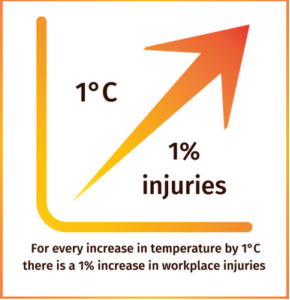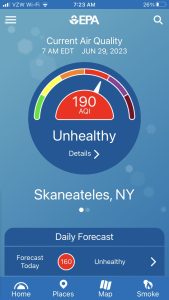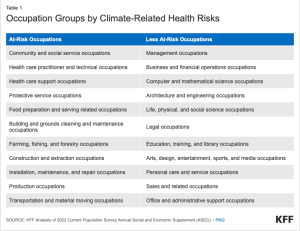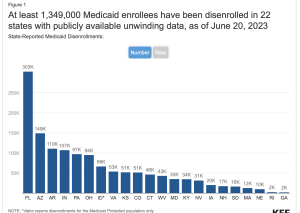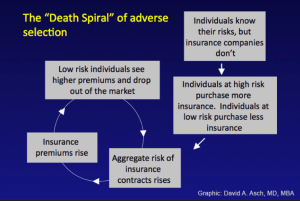Time to check in and see how well/poorly my predictions for 2023 are panning out…

- The soft market continues…
And it won’t harden in 2023. Medical costs remain very much under control (with an exception), rates continue to drop, employment remains very strong (essential for return-to-work) and there’s lots of payers fighting for market share.
So far so good…this is a done deal. - Medical spend is NOT a problem – and will NOT be in 2023.
With a couple notable exceptions – to be covered in a future post – medical inflation will remain under control. In part this is driven by much lower drug spend and more specifically the continued decline in opioid spend. The latter has a big impact on claim closure and total medical spend.
Yep. Done deal #2 - Behavioral health and its various iterations will gain a lot of traction.
More State Funds, carriers and TPAs will adopt BH programs, more patients will benefit, and more dollars will be spent. There’s a growing recognition that medical issues aren’t hindering “recovery” near as much as psycho-social ones. This is great/wonderful/long-needed and will really benefit patients and payers alike. Kudos to early adopters, and LETS GO to you laggards!
No conclusive evidence one way or the other… - One Call will be sold.
I keep forecasting this…and one day I’ll be right. It has to be this year. CEO Jay Krueger and colleagues have OCCM on a better track, but structural problems (i.e. declining claim volume) and internalization of One Call-type services by Sedgwick and others make the future…less than promising. Couple that with recent ratings actions by Moody’s and S&P and it’s time to do the deal.
Not yet…but increasingly likely. - New technology will make its impact felt.
Wearables, chatbots (I HATE THEM), and Virtual Reality-driven care are three ways tech platforms/systems/things will significantly ramp up in ’23. Expect several large/mid-tier payers to adopt new tech in a major way – aka not just a small pilot.
Structural issues with health care (try to find a LCSW or Psych-trained counselor), lack of trained adjusters, and frustration with rising rehab expenses are all contributors.
Ramping up is happening…albeit from a pretty low starting point. Expect more to come in coming months
Monday – the rest of 2023 projections…

